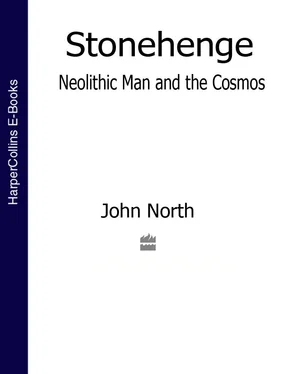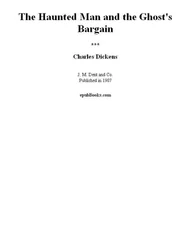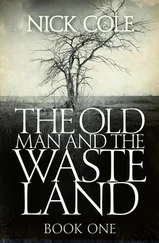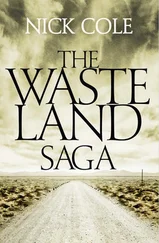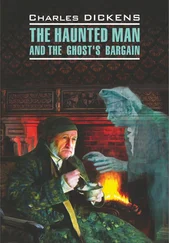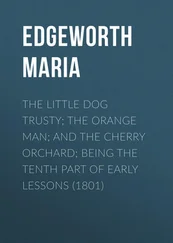BCand bc(dates before the Christian era) are distinguished to indicate between ordinary calendar dates and uncorrected dates arrived at from radiocarbon methods. See Appendix 1.
beakerDrinking vessel with the profile of its side S-shaped profile, and often decorated with impressions made by a chord, bone or other tool. The general style seems to have arrived in Britain from the Rhine area in the mid third millennium BC. Many variations of shape are distinguished. Bell beakerslook like an inverted bell or cloche hat. They carried incised decoration in horizontal bands round the body and seem to have begun as a regional variant (lower Rhine delta) of Corded Ware beakers. Like the latter they were often placed in single male burials, with weapons.
BelgaeA population taking its name from Caesar’s references to a group in Gaul occupying lands to the north of the Seine and Marne. (Certain of their tribes, he said, settled in Britain.) Archaeologists apply the name to earlier cultures in the same general area.
bell barrowSee barrow.
Beltane A Celticfeast, in celebration of the beginning of summer, but at a time of year roughly corresponding to our beginning of May. Approximately mid-way between vernal equinoxand summer solstice. The festival was associated with fire.
bluestoneA name given to some of the stones at Stonehenge, on account of their colour. They are in fact of several rock types (rhyolites, dolerite, volcanic, and some sandstones).
bermThe level area usually left between a ditch and its adjacent bank or mound.
Bronze AgeThe period during which copper and its alloys were first used in significant quantities. The dating of the period depends on the place and culture. For Britain, various definitions have been offered, such as 2500–1800 BC for the early bronze age, 1800–1300 BC for the middle, and up to 700 BC for the later period.
cairnA mound of stones, often erected as a covering for a tomb. A form of barrow.
capstoneStone forming the roof of a burial chamber.
causewayed enclosureAny area enclosed by a system of rings of ditches and banks through which an entrance passage has been left.
CeltsA name used by ancient writers of a population group occupying much of Europe and now distinguished by a common language (dialects of which are still found in Brittany, Wales, Ireland and Scotland) and artistic tradition (characteristic is the Swiss La Tène style). Celtic culture seems to derive from a Bronze Age urnfield culture of the upper Danube region of the mid second millennium BC. They might have arrived in Britain by the eighth century BC.
chamber passageThe entrance passage in a chamber tomb.
chamber tombAny tomb with a chamber, usually of stone, and usually with the evident intention of adding successive interments over long periods of time. The word is not usually applied to tombs with only a cist or coffin within them. In the Severn–Cotswold type (Neolithic period) the mortuary chamber was covered by a long barrow in the form of a mound of earth or stones. The chamber was often at the high end of the barrow. When the chamber was reached from the side, there was often a false doorway ( false portal) at the high end, with horn-like protrusions to the barrow creating a forecourt(in some cases paved) in which ritual involving fire took place. Cairns with burial chambers are common in Ireland, northern Britain, and Brittany, but not in southern Britain (but there are some in the Scilly Isles, Cornwall and Anglesey).
CharonSee obol.
cinerary urnAn urn in which the ashes of the dead are placed after cremation.
circleA loose description of a roughly circular arrangement of standing stones or posts, whether or not surrounded by a ditch and/or bank. The word is often used by those at pains to prove that prehistoric people were unable to draw circles.
cist box, usually applied to a box of stone slabs used for burial purposes.
combeor coombA hollow or valley, especially on the flank of a hill, dry during most of the year.
conjunctionAn alignment of two celestial bodies (say the Sun and Moon) and the observer, so that the two appear to be together in the sky; or, more generally, appear to be at the same ecliptic longitude. (The latter qualification is added since objects on separate paths may pass close, but not strictly meet.)
constellationA conspicuous grouping or pattern of bright stars, named on the basis of things the shape seems to resemble, or on the basis of an important star in the group. The Greek astronomer Ptolemy named 48 constellations, many traceable to earlier Mesopotamia. Astronomers now accept 88, strictly defined with reference to convenient boundaries (so that all the sky is covered) rather than shapes.
cosmical settingsThe first visible setting (in the course of the year) of a star or planet at dawn. See Appendix 4.
coveThree or possibly more upright stones, often in a U-shaped arrangement at the centre of a stone circle or henge.
cremationThe burning of the dead.
cromlechA stone slab supported on blocks (a Welsh word for a dolmen). The word has occasionally been used for the circle formed by blocks of stone surrounding a barrow (in the form of a peristyle), and past writers have applied it even to Stonehenge and Avebury.
cropmarkAn evident variation in crop colour, usually visible only from the air, caused for example by variations in soil chemistry, water distribution, or very local weather patterns.
culminationThe highest point reached by any heavenly body (Sun, Moon, star, planet, etc.) in the course of the daily rotation when it crosses the meridian.
cultureA homogeneous grouping of material effects (tools, weapons, ornaments, pottery, burial paraphernalia, houses, and so forth) and physical and mental habits. In prehistory the latter is almost always inferred from the former.
cup and ring decorationA form of incised or pecked design found on stones, which may be parts of a monument or outlying crops of rock that have never been deliberately moved. The ‘cup’ is a hollow of say 5 cm diameter, and it is surrounded by incised rings, spirals, or other intricate shapes.
cursusLiterally a course, as for a race, but applied now by archaeologists to a type of monument where a strip of land is enclosed between long parallel banks and adjoining ditches to the inside or outside of them. Long barrows may be built into cursus. (The plural of this Latin word is also cursus , but some treat the word as English and use the plural cursusses. ) See Chapter 3.
declinationThe angle between a star (or of a point of the Sun or Moon, or other heavenly body) and the celestial equator. This coordinate is paired with right ascension. See Appendix 2 for more details.
disc barrowSee barrow.
divinationForetelling the future by some sort of hidden, magical or supernatural means.
doleriteA basic igneous rock, resembling basalt, but coarser grained.
dolmenA Welsh, Cornish and Breton term (due allowance being made for spelling) for a stone table, in prehistory usually comprising upright unhewn stones supporting a large and relatively flat stone. The whole was usually originally covered with stones or earth and functioned as a burial chamber.
Читать дальше
